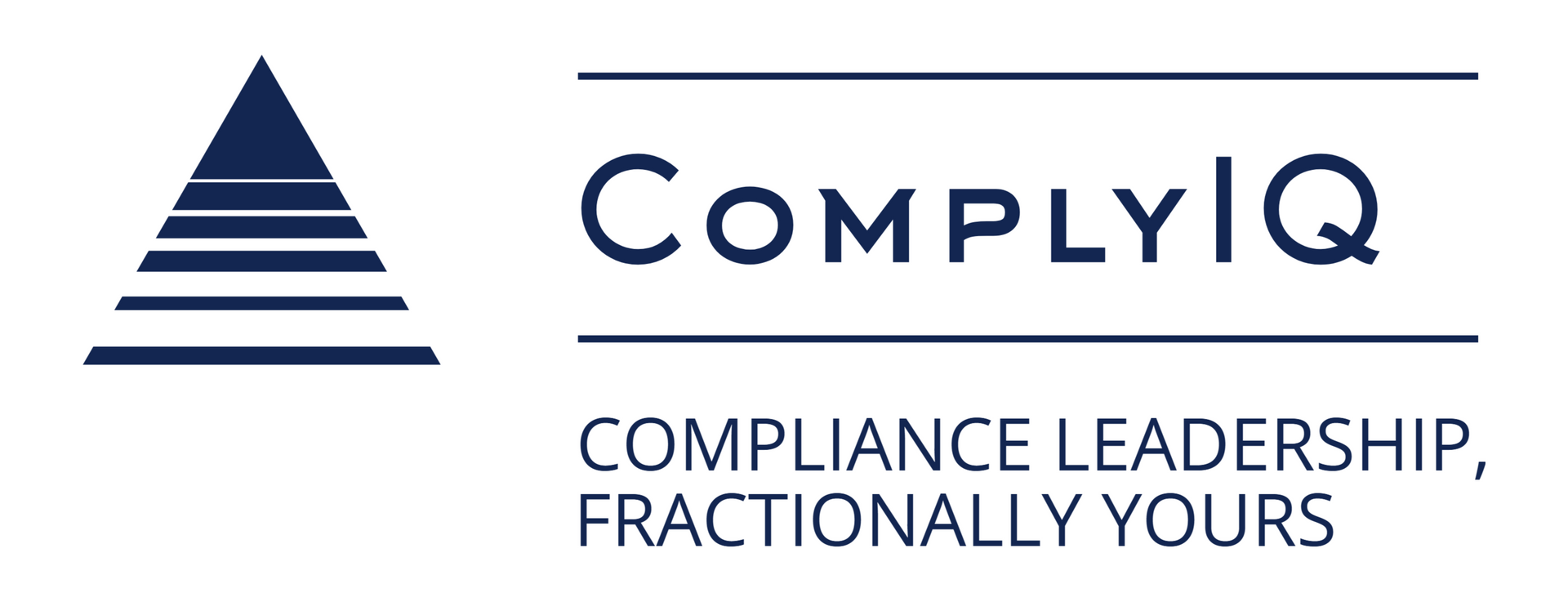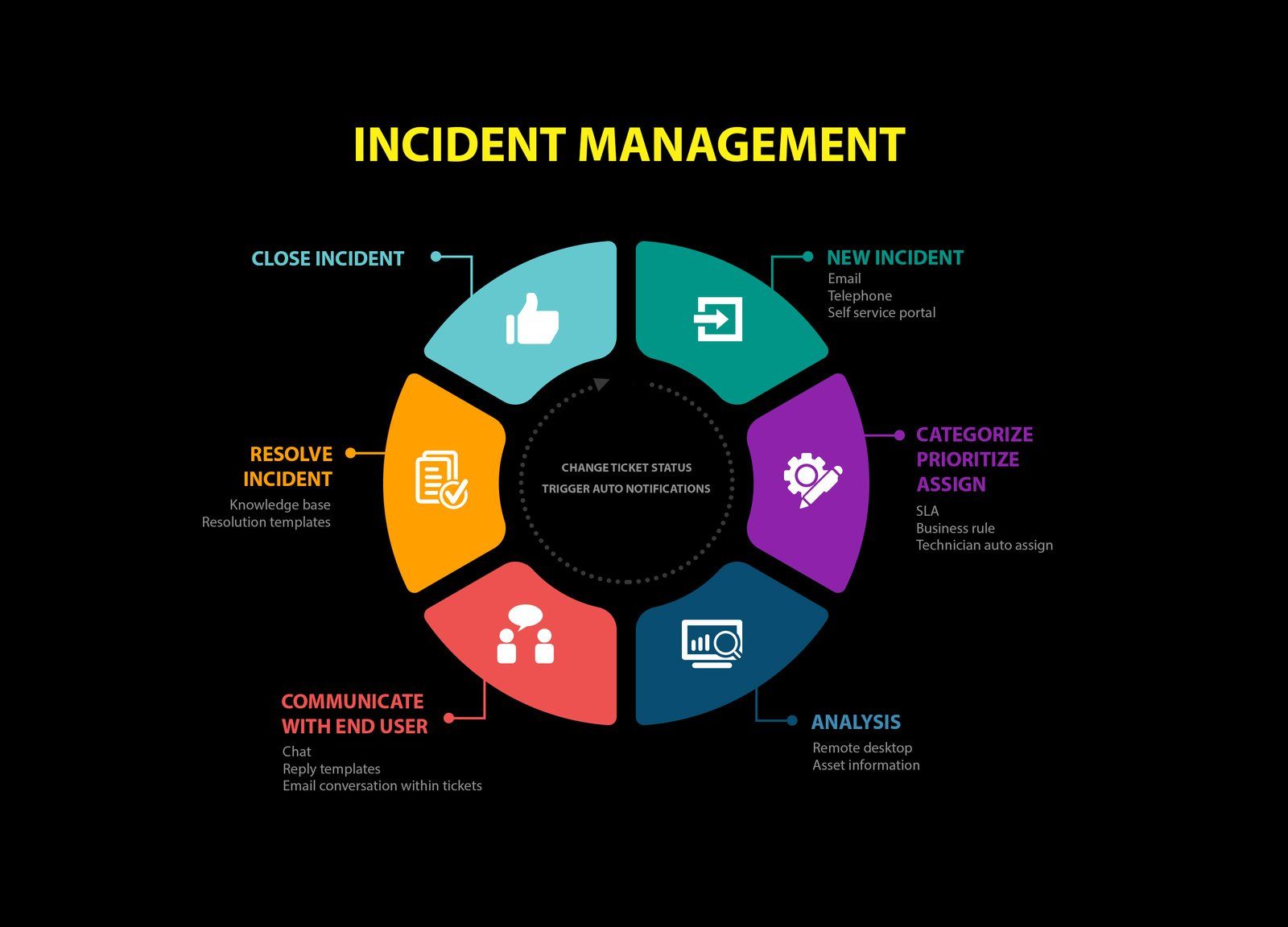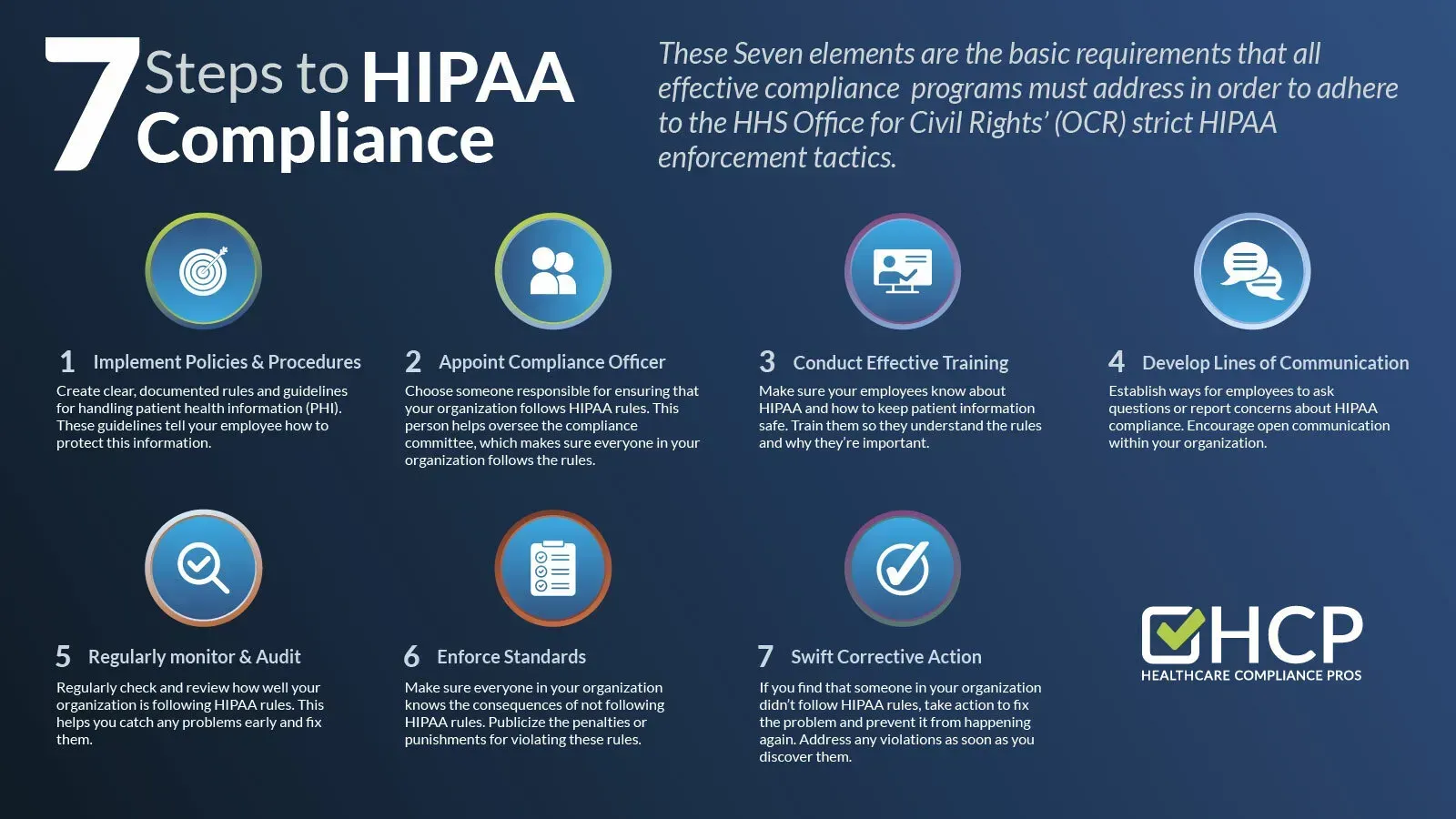Sanctions & Geopolitical Risk: A Shifting Landscape
Sanctions & Geopolitical Risk: A Shifting Landscape explains multi-jurisdiction sanctions risk and a practical framework for fintechs, with steps to build real-time controls and readiness.

Introduction
It's 3:47 PM on Tuesday.
David, the COO of a promising fintech startup, receives an urgent call from his Head of Operations. A routine $50,000 wire transfer has been flagged by their bank's sanctions screening
system.
Immediate operational freeze.
The customer's name appears to match someone on a newly updated sanctions list from a conflict zone that wasn't even on their radar last month. Within hours, David's team must investigate, document their findings, and decide whether to file a suspicious activity report—all while their payment processing remains suspended.
This scenario has become increasingly common.
Geopolitical tensions reshape the global sanctions terrain daily, creating a compliance minefield that demands proactive, expert navigation.
Today's Shifting Sanctions Risk Environment
The sanctions compliance world has fundamentally shifted since 2020. What once required monitoring a handful of well-established programs now demands tracking dozens of rapidly evolving sanctions regimes across multiple jurisdictions.
The numbers tell the story.
OFAC enforcement actions against financial services companies increased by 47% between 2022 and 2024. The average civil monetary penalty now exceeds $2.3 million.
Some cases reach hundreds of millions for major institutions.
Digital assets have created entirely new enforcement challenges. Traditional correspondent banking relationships provided natural chokepoints for sanctions screening. Now, fintech companies process peer-to-peer transactions, cryptocurrency conversions, and cross-border payments that bypass traditional banking rails entirely.
Recent high-profile cases illustrate the stakes. Bittrex paid $29 million in 2022 for sanctions violations involving customers in Cuba, Iran, and other restricted jurisdictions. The enforcement action specifically cited inadequate geolocation controls and insufficient customer due diligence—issues that plague many growing fintech platforms.
AI-powered transaction monitoring has raised regulatory expectations dramatically. FinCEN virtual currency guidance now assumes real-time screening capabilities that were cutting-edge just five years ago.
Sanctions lists change daily.
Cyber-related sanctions targeting ransomware payments created new compliance obligations for companies handling cryptocurrency transactions. Supply chain sanctions have extended traditional financial restrictions into operational vendor relationships.
Understanding Multi-Jurisdictional Complexity
Navigating the US Federal System
OFAC administers sanctions programs that fall into three primary categories: country-based sanctions (like those against Iran or North Korea), sectoral sanctions targeting specific industries, and individual designations against particular persons or entities.
Fintech companies face both primary sanctions—direct prohibitions on transactions with designated parties—and secondary sanctions that can penalize foreign entities for conducting business with sanctioned parties.
Here's what this means in practice: A US-based fintech could face penalties for transactions between two foreign parties if those transactions touch the US financial system.
This extraterritorial reach catches many companies off guard.
Think of it like a digital spider web. Once your transaction touches any strand connected to the US financial system, you're subject to US sanctions enforcement. Recent updates to cyber-related sanctions have created new compliance obligations for fintechs handling cryptocurrency. Companies must now screen for wallet addresses and digital identifiers in addition to traditional name-based screening.
The complexity multiplies when considering that OFAC updates its sanctions lists continuously.
Emergency designations can occur with minimal advance notice.
International Sanctions Coordination Challenges
While the US, EU, UK, and Canada often coordinate sanctions responses to major geopolitical events, their programs rarely align perfectly. The EU Sanctions Map shows how European measures can include different entities, exemptions, or effective dates compared to US programs.
These divergences create compliance headaches for fintechs operating across borders.
A transaction might be permissible under US sanctions but prohibited under EU regulations, or vice versa. The UK consolidated sanctions list includes additional designations not found on OFAC lists.
Your solution?
Develop policies that satisfy the most restrictive requirements across all relevant jurisdictions. This often means declining transactions that might be legally permissible in some markets but create unacceptable risk in others.
State-Level Considerations
State money transmitter licenses create additional layers of sanctions compliance obligations that vary significantly across jurisdictions. Some states require enhanced due diligence procedures beyond federal minimums.
Others mandate specific reporting timelines for sanctions-related incidents.
The state licensing terrain creates a patchwork of requirements that can overwhelm growing fintechs. New York's NYDFS cybersecurity regulation includes specific requirements for vendor risk management that directly impact sanctions screening provider relationships.
ComplyIQ's 50-state regulatory strategy helps navigate these varying requirements by creating unified compliance processes that satisfy both federal and state-specific obligations.
The Multi-Jurisdictional Risk Assessment Method
Step 1: Risk Identification and Mapping
Start with your operations. Every product, service, customer segment, and geographic market needs examination for potential sanctions exposure points.
Create detailed risk heat maps that visualize exposure across different geographies, customer types, and transaction channels. High-risk jurisdictions might include countries with active sanctions programs, but also consider regions with significant sanctions evasion activity.
Map sanctions obligations to your specific fintech products.
A peer-to-peer payments platform faces different risks than a cryptocurrency exchange or digital lending platform. Payment processors must screen both originators and beneficiaries, while investment platforms need enhanced due diligence on beneficial ownership.
Document risk factors that could indicate sanctions evasion attempts. These might include unusual transaction patterns, customers using multiple identities, or payments structured to avoid reporting thresholds. Chainalysis sanctions and crypto research provides valuable data on emerging evasion techniques.
Think beyond direct sanctions exposure.
Consider how sanctions incidents could impact banking relationships, investor confidence, and regulatory standing across all operating jurisdictions.
Step 2: Control Design and Implementation
Building sanctions controls requires integrating screening capabilities across all customer onboarding and transaction processing touchpoints. Modern fintechs need real-time screening that checks names, addresses, dates of birth, and—for cryptocurrency transactions—wallet addresses and transaction identifiers.
Establish clear escalation procedures for potential sanctions matches.
Define roles, responsibilities, and decision-making authority. False positives are common, but dismissing potential matches without proper investigation can create serious compliance violations.
Documentation standards must support both daily operations and regulatory examinations. Every screening decision, match investigation, and escalation should create an audit trail that demonstrates the reasoning behind compliance determinations.
OFAC Sanctions List Service (SLS) provides the technical specifications for maintaining current, authoritative sanctions data.
ComplyIQ's fractional CCO services provide immediate access to experienced compliance leadership during this phase. Rather than learning through trial and error, you can use proven processes that anticipate common implementation challenges and regulatory expectations.
Step 3: Ongoing Monitoring and Adaptation
Sanctions compliance requires continuous monitoring of both geopolitical developments and internal risk indicators.
Establish protocols for tracking regulatory updates across all relevant jurisdictions.
Create clear procedures for rapid policy updates when new sanctions are announced. You might be monitoring news feeds at 6 AM only to discover new designations that require immediate system updates.
Evaluate sanctions program performance through regular testing and metrics analysis. Key performance indicators might include false positive rates, investigation resolution times, and staff training completion rates.
The monitoring process must adapt to changing risk profiles as your fintech grows. New products, markets, or customer segments may introduce sanctions risks that weren't present during initial program design.
Technology systems require ongoing maintenance to ensure screening accuracy. This includes regular testing of screening algorithms, validation of data feeds, and performance monitoring during peak transaction volumes.
Sanctions Compliance Pitfalls for Fintechs
The most dangerous mistake fintechs make is treating sanctions compliance as a one-time setup project rather than an ongoing operational requirement.
Sanctions lists change daily.
Inadequate customer due diligence creates significant sanctions exposure that may not surface until regulatory examinations. Many fintechs collect basic identifying information but fail to verify beneficial ownership, business purposes, or geographic risk factors.
Here's what happens next: A routine exam uncovers transactions with shell companies that trace back to sanctioned individuals. The fintech had the customer's name and address but never asked who actually controlled the entity.
Incomplete sanctions screening across all transaction touchpoints represents another vulnerability. Some companies screen initial customer onboarding but fail to monitor ongoing transactions, periodic customer updates, or third-party service providers.
Poor record-keeping can transform minor compliance issues into major enforcement actions. Regulators expect detailed documentation showing how sanctions decisions were made, who was involved, and what information supported the conclusions.
Recent OFAC designations and press releases consistently highlight documentation failures as aggravating factors in penalty calculations.
Delayed incident response can escalate regulatory consequences dramatically.
Companies that discover potential sanctions violations but delay investigation or reporting often face significantly higher penalties than those that respond quickly.
Building Organizational Resilience Against Sanctions Risk
Creating a sanctions-ready organizational culture requires embedding compliance considerations into every business decision.
This means product teams consider sanctions implications during feature development.
Customer service representatives recognize sanctions red flags. Executives understand how geopolitical events could impact operations.
Integrate sanctions considerations into product development cycles by creating compliance checkpoints at key milestones. New features that change customer onboarding, transaction processing, or geographic expansion must undergo sanctions risk assessment before launch.
Cross-functional governance structures should include representatives from legal, compliance, product, engineering, and customer operations. Regular coordination meetings ensure sanctions considerations inform business decisions rather than becoming afterthoughts.
Incident response procedures must address both immediate operational requirements and longer-term regulatory obligations. This includes protocols for transaction blocking, customer communication, internal investigation, and potential voluntary disclosure to regulators.
ComplyIQ's fractional compliance leadership provides crisis management expertise without the overhead of full-time specialized staff.
Our experienced team has managed sanctions incidents across multiple financial institutions, bringing proven playbooks that prevent common mistakes during high-pressure situations.
Preparing for Regulatory Examinations
Regulatory examinations focus heavily on documentation that demonstrates program performance. Examiners expect to see policies and procedures, training records, testing results, and evidence of ongoing program monitoring and improvement.
Key documentation includes:
- Risk assessments that identify sanctions exposure across all business lines
- Written policies that address screening requirements and escalation procedures
- Training materials that demonstrate staff understanding
- Testing results showing program effectiveness
OFAC FAQs on sanctions compliance provide valuable insight into regulatory expectations and common examination findings.
Common examination findings include inadequate beneficial ownership screening, insufficient documentation of screening decisions, and failure to maintain current sanctions list data.
Preventive remediation of these issues can prevent more serious enforcement consequences.
ComplyIQ's audit readiness services help organize documentation, prepare examination responses, and train staff on examiner interactions. Our experience with multiple regulatory agencies provides valuable insight into examination priorities and response strategies.
Best practices for regulator engagement emphasize transparency, thorough preparation, and prompt response to information requests.
Conclusion
The shifting geopolitical terrain has made sanctions compliance a priority operational requirement for every fintech company. Traditional approaches that treat sanctions as a periodic compliance check are no longer sufficient.
New designations can appear overnight.
Digital transactions create intricate new enforcement challenges.
The multi-jurisdictional approach outlined here provides structure for navigating these requirements, but implementation requires ongoing expertise and attention. ComplyIQ's fractional CCO services offer the specialized knowledge and proven processes that transform sanctions compliance from a reactive burden into a strategic enabler for growth.
Don't wait for a sanctions incident to expose gaps in your compliance program.
Forward-thinking assessment and expert guidance can prevent costly violations while enabling confident expansion into new markets and customer segments.
Frequently Asked Questions
How often should fintechs update sanctions screening systems?
Sanctions screening systems require daily updates at minimum, with capabilities for emergency updates when new OFAC designations are announced. Real-time screening should occur for every transaction, not just periodic batch processing.
What penalties can fintechs face for sanctions violations?
Civil monetary penalties can reach $364,519 per violation or twice the transaction amount, whichever is greater. OFAC enforcement data shows average penalties exceeding $2.3 million, with repeat violations facing significantly higher penalties and potential criminal referrals.
How do sanctions apply to cryptocurrency transactions?
OFAC has issued specific guidance stating that sanctions apply to virtual currency transactions just like traditional financial transactions. Companies must screen wallet addresses, monitor blockchain transactions for suspicious patterns, and maintain records of all virtual currency activity.
Can small fintechs afford sanctions programs?
Modern sanctions compliance requires sophisticated expertise but doesn't necessarily demand full-time staff. Fintech Sandbox resources provide testing datasets and community support, while fractional compliance services offer Fortune 500-caliber expertise at startup-friendly pricing models.
What should fintechs do upon discovering potential violations?
Immediately block any ongoing transactions, conduct thorough internal investigation, and document all findings. Consider voluntary disclosure to OFAC following their guidance on voluntary disclosure, especially for cases involving systemic control failures or significant transaction amounts.
How do compliance requirements vary by business model?
Payment processors must screen both transaction originators and beneficiaries, while lending platforms focus on borrower due diligence and beneficial ownership verification. Investment platforms require enhanced screening for intricate ownership structures and politically exposed persons, with each model facing unique risk profiles and regulatory expectations.










